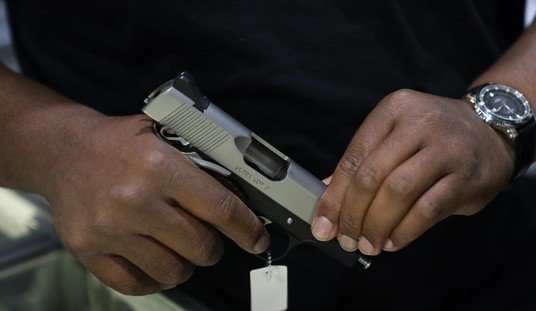
Stephen Decatur, hero of Tripoli, from a Naval Historical Center A.B. Durand engraving
This Week in American Military History:
Oct. 25, 1812: The frigate USS United States under the command of Capt. (future commodore) Stephen Decatur – hero of Tripoli and said to be the U.S. Navy’s own Lord Nelson – captures the Royal Navy frigate HMS Macedonian under the command of Capt. John Carden in a brisk fight several hundred miles off the Azores.
In seven years, Decatur will be mortally wounded in a duel with Commodore James Barron.
USS United States – the first of four so-named American Navy vessels and the first commissioned warship for the new U.S. Navy – will be seized by Confederate forces in 1861 and rechristened CSS United States.
Oct. 26, 1909: U.S. Army Lt. (future brig. gen.) Frederick Erastus Humphreys becomes the first Army aviator to solo in a heavier-than-air craft – the Wright Flyer – following three hours of instruction by Wilbur Wright.
Humphreys will write:
“From a military standpoint, the first and probably the greatest use [of the aircraft] will be found in reconnaissance. …
“The next use will probably be in carrying messages. …
“Another time where advantage might be taken of the speed of these machines is when officers of high rank might desire to give personal supervision at a distant point of the line or to go from one point to another for a council of war. …”
Interestingly, Humphreys adds:
“Probably a large amount of damage could be done to the personnel of the enemy when in mass, or in a raid to the storehouses and depot, by projectiles dropped from a flyer. That any could be done to fortifications or ships is doubtful.”
Oct. 26, 1922: Lt. Commander Godfrey de Courcelles Chevalier makes the first aircraft-carrier landing on the deck of America’s first carrier, USS Langley, the first of two carriers named in honor of aviation scientist Samuel Pierpont Langley.
Readers will recall Eugene B. Ely’s first-ever airplane-landing aboard ship on Jan. 18, 1911 (Ely’s landing however was on a special platform mounted on a cruiser, not a carrier).
Both Chevalier and Ely will be killed in plane crashes weeks after their historic firsts.
Oct. 26, 1944: The Battle of Leyte Gulf – the last great naval battle of the Pacific during World War II – ends in a lopsided victory for the Americans. An epic three-day, four-part engagement fought in defense of the U.S. effort to retake the Philippines, the battle has all but ended the Japanese Navy’s ability to fight as a substantive fleet. It is also history’s last sea battle in which battleships engage one another in pitched battle.
All total, 282 U.S. and Japanese warships and 190,000 sailors on both sides have been directly involved in the battle. Four Japanese carriers, three battleships, six cruisers, 14 destroyers, and nearly 10,000 sailors have been sent to the bottom. The U.S. Navy has suffered the loss of three carriers, three destroyers, and one submarine.
Oct. 28, 1962: Soviet premier Nikita Khrushchev “blinks,” ending the Cuban Missile Crisis.








Join the conversation as a VIP Member